
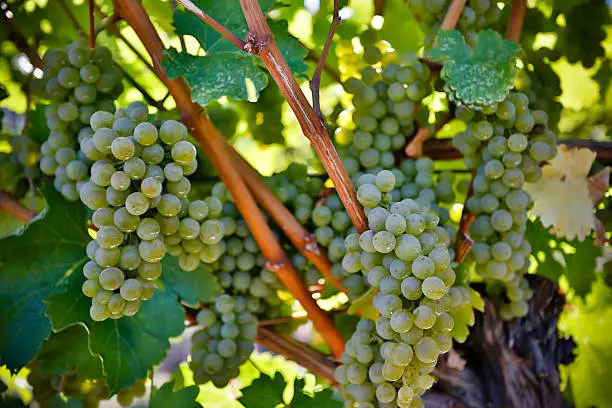
What type of wine is Sauvignon Blanc?
Arguably the most popular white wine in the world at present, Sauvignon Blanc is produced from the synonymous Sauvignon Blanc grape.
While the wine is mainly associated with New Zealand thanks to the prevalence of the Marlborough variety, the grape is loved worldwide, with Chile, Argentina, California, and its home country France producing stunning Sauvignon.
Fruity, fragrant, and zesty, Sauvignon Blanc is affordable and versatile, making it an excellent choice for pairing with food or serving chilled by the glass.
Where does Sauvignon Blanc grow?
As well as Marlborough in New Zealand, Sauvignon Blanc is also famously produced in France’s Loire Valley, where Pouilly-Fumé and Sancerre are the stand-out choices.
Bordeaux boasts delicious Sauvignon, as do Australia’s Margaret River and Adelaide Hills, California’s Napa Valley and Sonoma Country, and locations across Italy.
The grape’s popularity and versatility mean you can also find Sauvignon Blanc from Chile, South Africa, Moldova, Romania, Spain, Argentina, Hungary, Russia, and Austria.
It’s a truly international beverage.
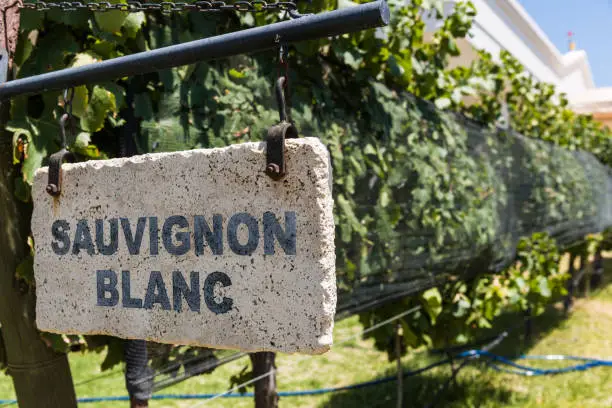
What does Sauvignon Blanc taste like?
Sauvignon Blanc is typically fruity, with tasting notes of grapefruit, honeydew, gooseberry, peach, and passion fruit. However, depending on where it’s grown, Sauvignon can also have a more savoury grassiness or hint of bell pepper.
Occasionally, it features all of these delicious flavours!
Meanwhile, oak-aged Sauvignon Blanc offers rounded, creamy aromatics and an oily mouth feel.
As the grape is semi-aromatic with high acidity, Sauvignon Blanc is refreshing, best served chilled, and enjoyed with herby sauces over chicken, tofu, or fish.

What colour is Sauvignon Blanc?
Usually pale gold, straw, or light yellow with a hint of green, the colour varies depending on where the grapes are grown.
Pale gold Sauvignon varieties often feature herbaceous bell pepper and jalepeño flavours, while straw varieties hint at passionfruit and gooseberry. Light yellow types frequently have the intense aromas of fresh fruit.
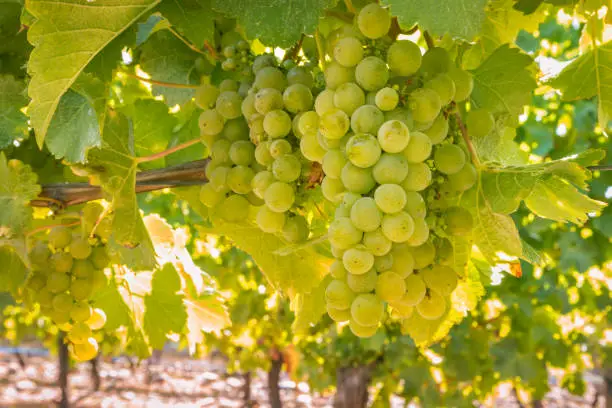
How much alcohol does Sauvignon Blanc contain?
Sauvignon Blanc ABC (alcohol by volume) is typically 12.5–14%. However, the precise amount is climate-dependent. Overall, the wine is considered to have light to moderately high alcohol content.
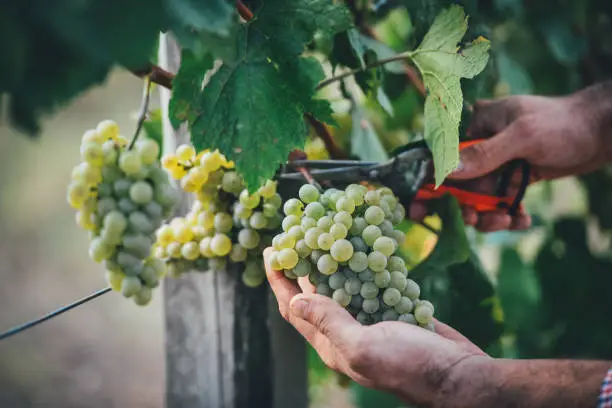
Is Sauvignon Blanc sweet or dry?
Sauvignon Blanc is a medium-bodied dry wine, meaning it feels like it has weight and no sweetness. Known for its acidity, don’t be surprised if it makes your mouth pucker.
However, some Sauvignon Blanc winemakers produce it with more residual sugar to give a richer, sweeter taste.
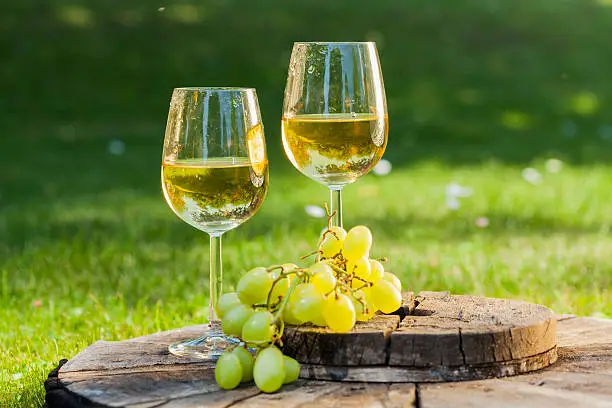
How should I serve Sauvignon Blanc?
Like all white wines, Sauvignon Blanc is best served chilled.
Serve it too warm, and the alcohol will be too strong and dull the acidity. Serve it too cold, and the aromas and flavours will evaporate.
We recommend serving Sauvignon at 50-55°F. Put your bottle in the fridge for two hours in an ice bath for half an hour to 45 minutes before serving. However, oak-aged or lees-stirred (stirring the sediment in the barrel) examples may be best at a slightly less cool temperature.

What foods pair best with Sauvignon Blanc?
Going green is always a good idea when pairing foods with Sauvignon Blanc. Think herby sauces with chicken and fish or herb-driven cuisines like Thai or Vietnamese.
As the wine is light, you should choose foods to match. Try chicken, turkey, pork, lobster, crab, oysters, white fish, octopus and smoked salmon as your proteins.
When pairing Sauvignon with cheese, opt for soft, punchy cheeses like goat cheese, mozzarella, gouda, feta, and parmesan.
For veg lovers, Sauvignon works exceptionally well with cucumber, asparagus, green peas, tomato, artichokes, bell peppers, aubergines, leeks, green beans and countless other vegetables.
Whatever you choose, this versatile wine’s acidity lets it cut through heavy butter and cream-based dishes, whilst its citrus notes brighten up pasta, seafood, and salad.

What nutritional value does Sauvignon Blanc have?
The calories in a bottle of Sauvignon Blanc vary depending on the type and brand. However, a standard bottle of Sauvignon Blanc generally contains about 740 calories.
437 of those calories come from alcohol, and 60 calories from the sugar content.
Always check the label for precise information.

What’s the difference between Sauvignon Blanc and Pinot Grigio?
While Sauvignon Blanc and Pinot Grigio were born in France, they’re best known for varieties from other countries.
As mentioned earlier, Marlborough Sauvignon Blanc is arguably better known than its French counterpart, while Italian Pinot Grigio is more prevalent in the UK and US than France’s Pinto Gris.
You can distinguish these wines by their nose and taste. Whilst Sauvignon is known for its aromatics, Pinot doesn’t have much of a scent profile. However, its flavour makes up for its lack of fragrance, with juicy citrus notes of lemon, apple grapefruit, peach, pear and honeysuckle – all flavours commonly found in Sauvignon Blanc.

Want to taste different varieties of Sauvignon Blanc?
Our fine Sauvignon Blanc varieties are hand-picked from various regions, including New Zealand, Chile, and France.
All are available in six-bottle cases.
 Fine Branded Corporate Gifts
Fine Branded Corporate Gifts 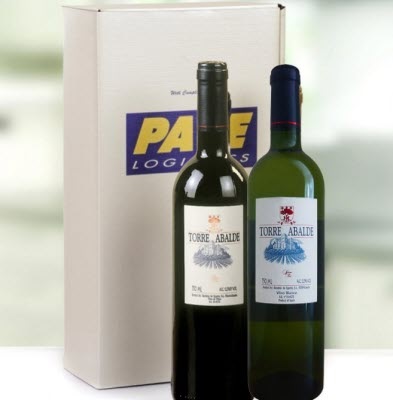 Card Wine Boxes
Card Wine Boxes Wooden Wine Boxes
Wooden Wine Boxes Leather Wine Boxes
Leather Wine Boxes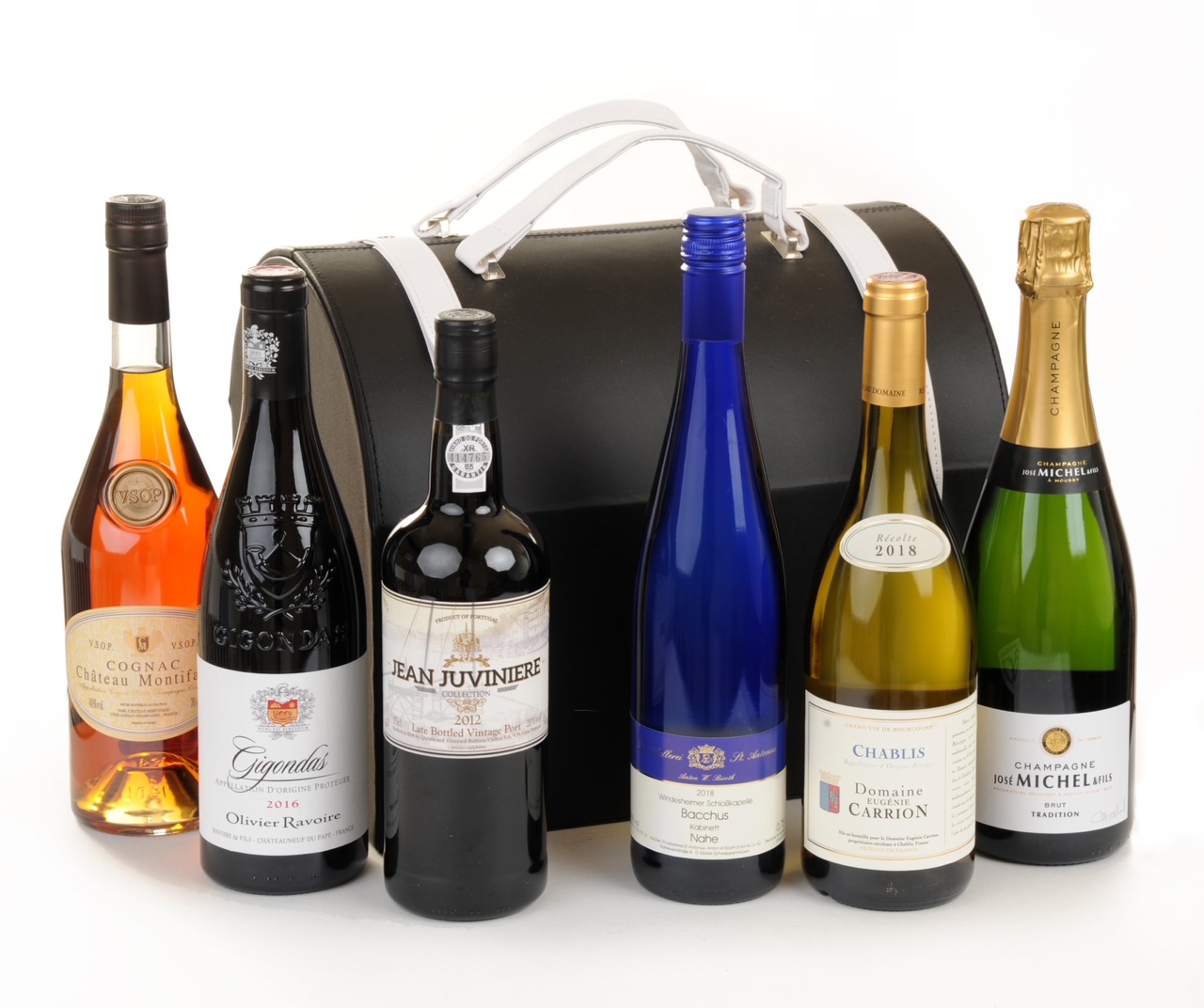 Wine Hamper
Wine Hamper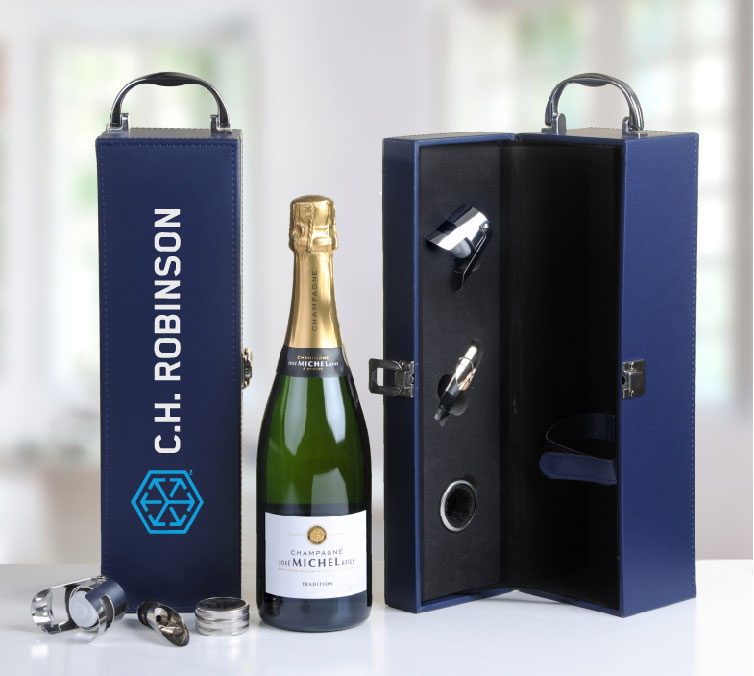 Champagne Gifts
Champagne Gifts All Wine
All Wine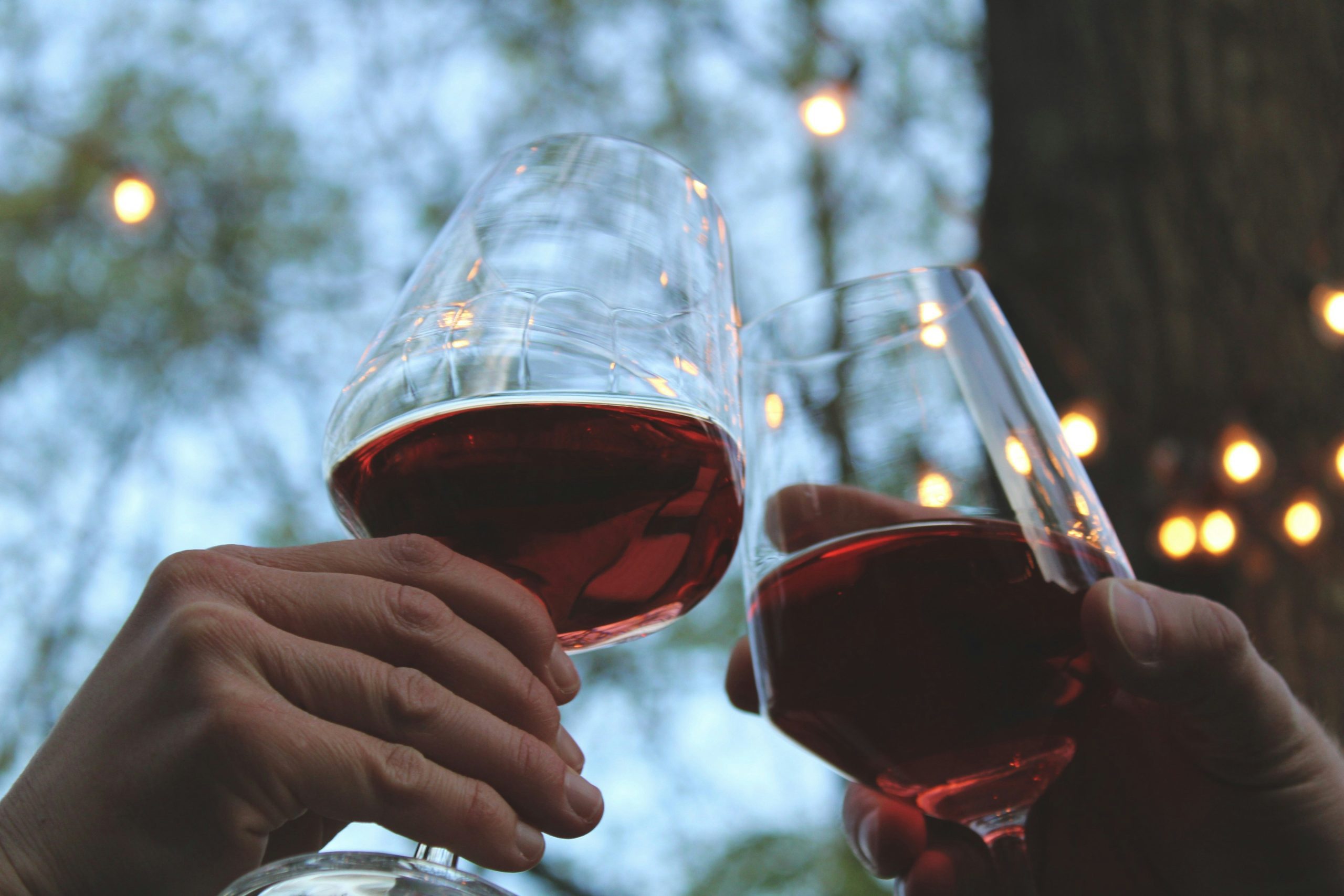 Red Wine
Red Wine White Wine
White Wine Rose Wine
Rose Wine Sparkling Wine
Sparkling Wine France
France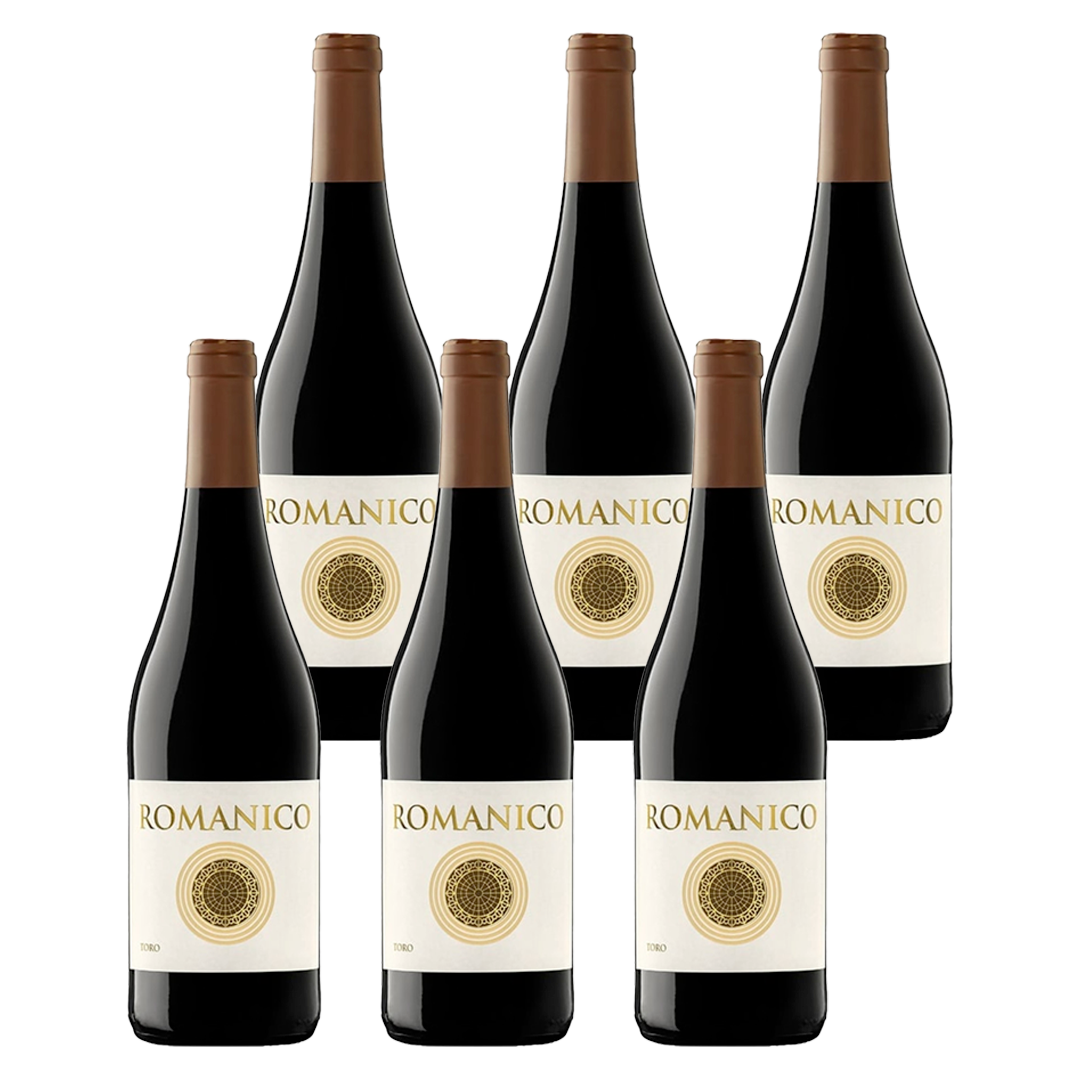 Spain
Spain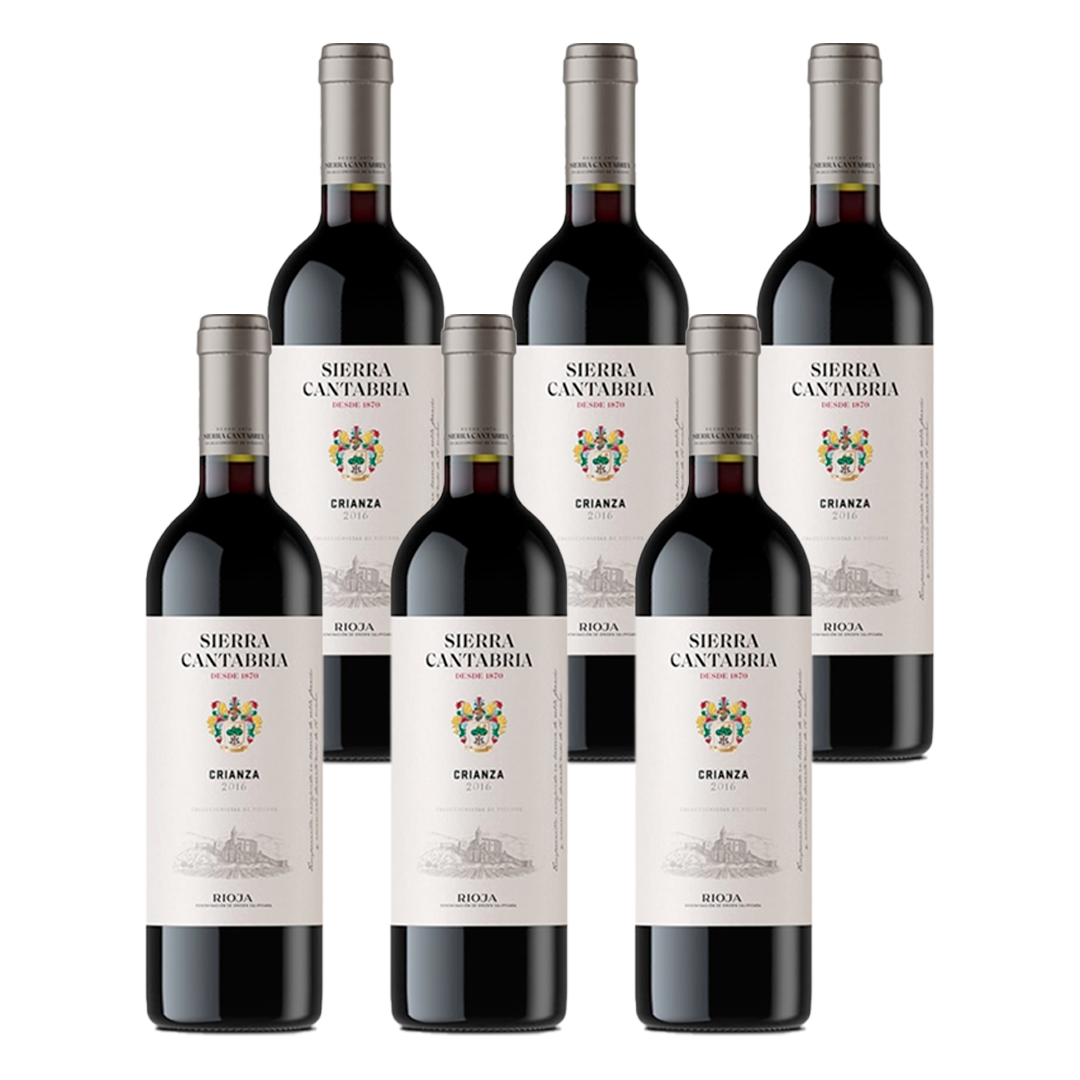 Rioja
Rioja Veneto
Veneto Business Anniversary Wine Gift
Business Anniversary Wine Gift Christmas Wine Gifts
Christmas Wine Gifts Corporate Wine Tasting
Corporate Wine Tasting Company Events
Company Events


